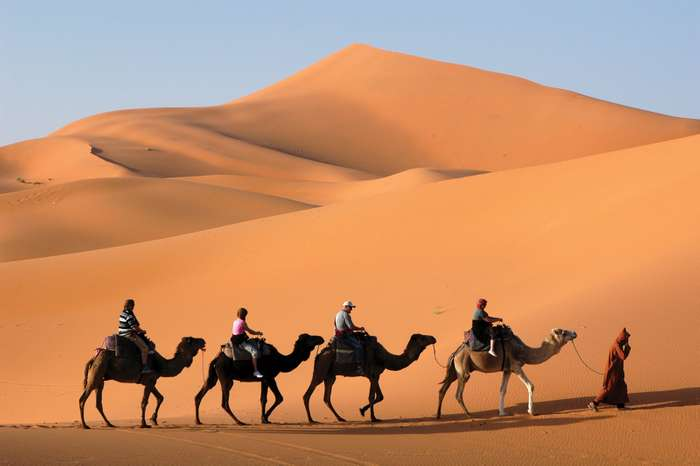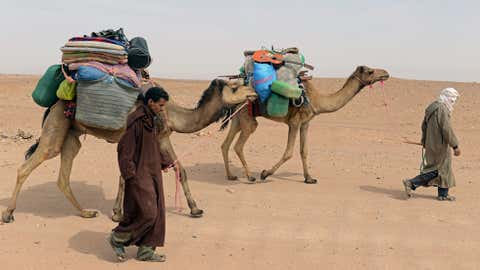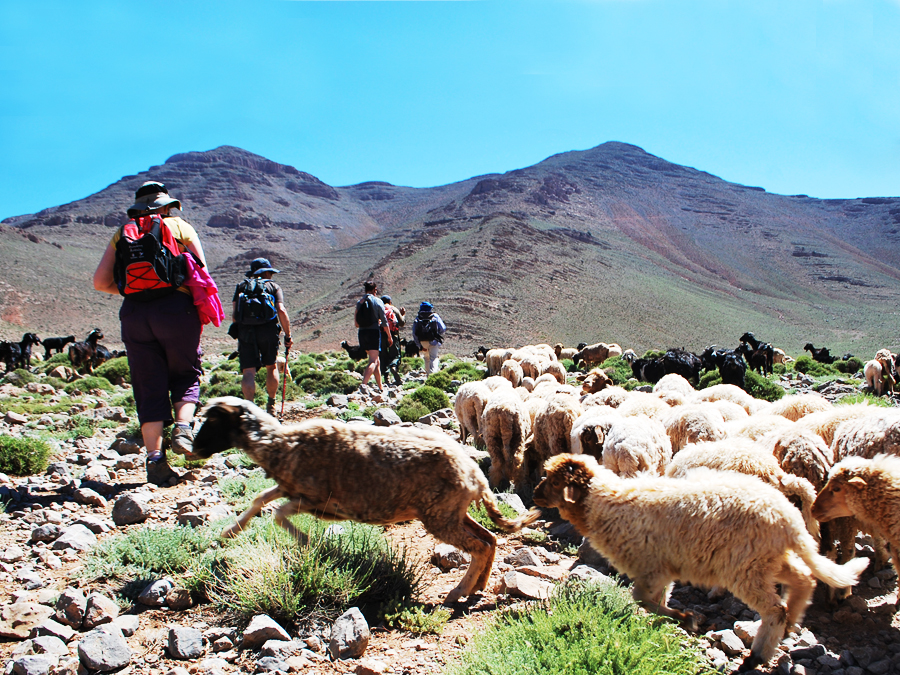- Published on
Riding the Dunes Unveiling Morocco s Ancient Camel Herding Traditions in the Sahara Desert
- Authors

- Name
- Adil ABBADI
Introduction

In the heart of the Sahara Desert, where the golden sands stretch as far as the eye can see, lies a centuries-old tradition that has been woven into the fabric of Moroccan culture – camel herding. For generations, the Berber people have relied on these magnificent creatures to navigate the harsh desert landscape, providing a lifeline to their communities. In this article, we'll embark on a journey to explore the fascinating world of Moroccan camel herding traditions, uncovering the cultural significance, traditional practices, and modern adaptations that keep this ancient custom alive.
- Cultural Context
- Traditional Significance
- Modern Relevance
- Cultural Preservation
- Conclusion
- Cultural Call-to-Action
Cultural Context
The Sahara Desert, covering nearly a third of Morocco's landmass, has been home to the Berber people for centuries. These indigenous tribes, also known as the Amazigh, have developed a unique cultural identity shaped by their harsh desert environment. Camel herding, an essential part of their traditional way of life, has played a vital role in their survival and prosperity.
Traditional Significance
In Berber culture, camels are revered for their strength, endurance, and intelligence. These animals have been the backbone of the desert economy, providing transportation, milk, meat, and wool. The camel's ability to thrive in the harsh desert conditions has made it an indispensable partner for the Berber people. The traditional significance of camel herding is reflected in the many festivals and celebrations that take place throughout the year, such as the annual Camel Festival in the town of M'hamid El Ghizlane.

Modern Relevance
While modernization has brought significant changes to the Moroccan Sahara, camel herding remains an important part of the region's cultural heritage. Many Berber communities continue to rely on camel herding as a means of subsistence, while others have adapted to the changing economic landscape by offering camel treks and desert tours to tourists. This shift has not only helped to preserve the traditional practice but also generated income and created jobs for local communities.
Cultural Preservation
Efforts to preserve and promote Morocco's camel herding traditions are underway. The Moroccan government, in collaboration with local organizations, has launched initiatives to support and develop the camel herding industry. These initiatives include providing training and resources to Berber herders, promoting sustainable tourism practices, and protecting the Sahara's fragile ecosystem.

Conclusion
Moroccan camel herding traditions in the Sahara Desert are a testament to the resilience and adaptability of the Berber people. As we ride the dunes of time, it's essential to recognize the cultural significance of this ancient practice and support efforts to preserve it for future generations.
Cultural Call-to-Action
As you venture into the vast expanse of the Sahara Desert, remember to respect the land, its people, and their traditions. Take a camel trek with a local guide, participate in a Berber festival, or simply take a moment to appreciate the majesty of these incredible creatures. By doing so, you'll be contributing to the preservation of Morocco's rich cultural heritage and ensuring that the ancient camel herding traditions continue to thrive in the heart of the Sahara Desert.
